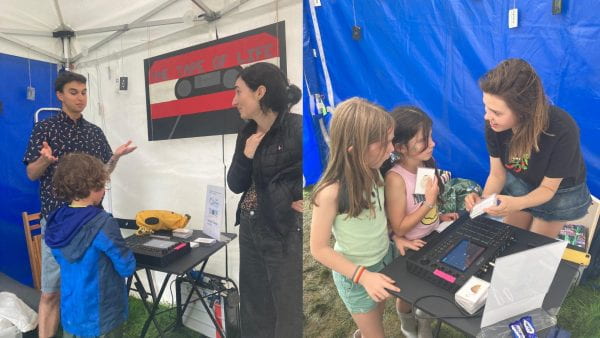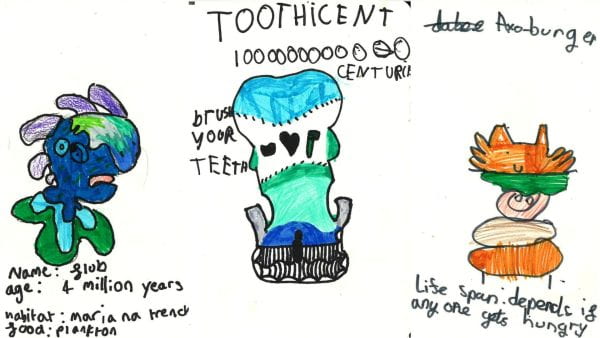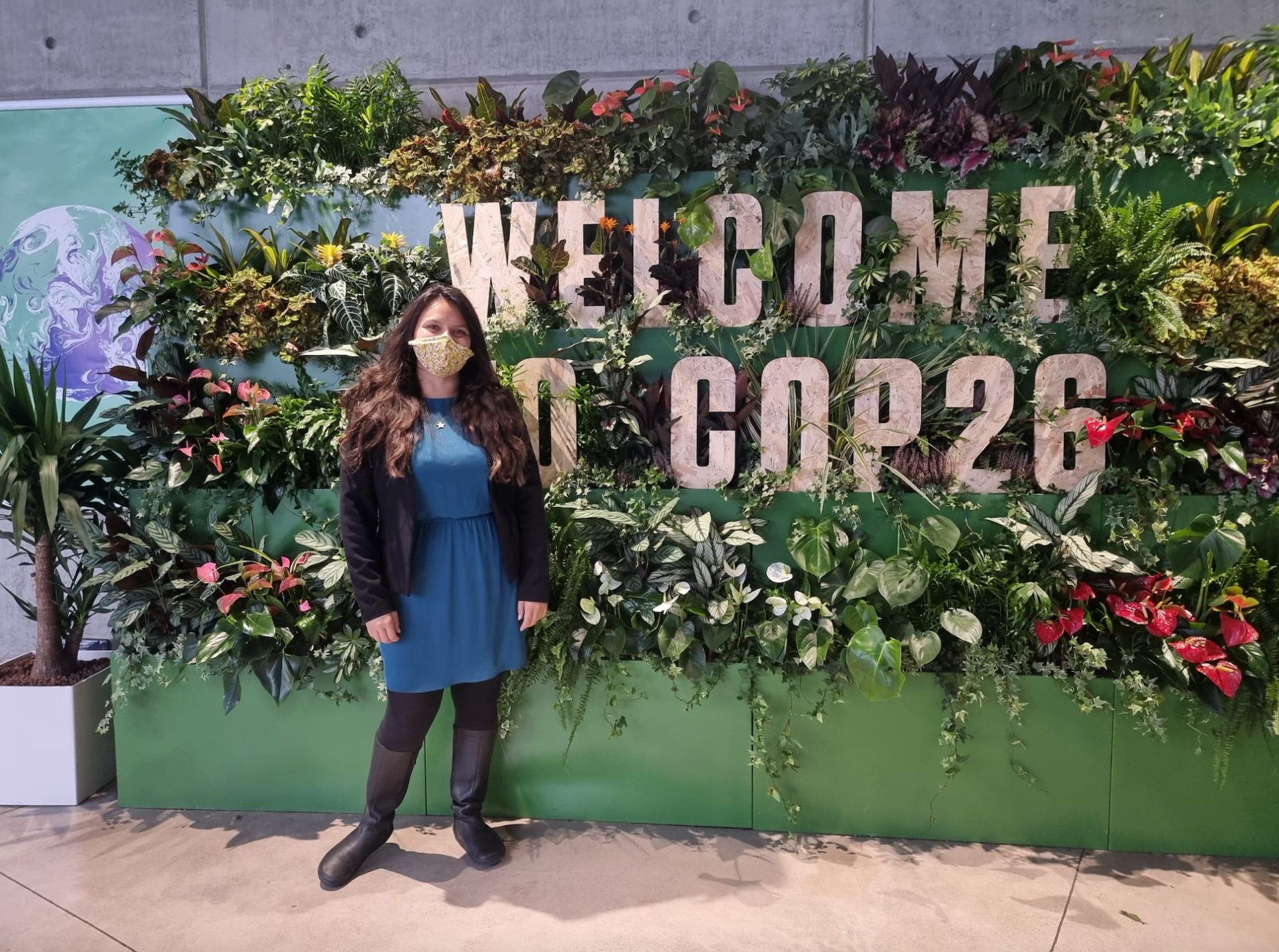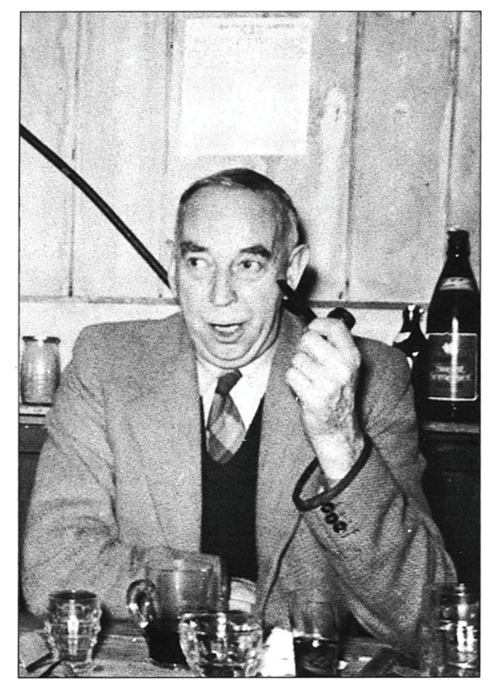Are you considering going into research?
Do you envisage yourself doing a PhD one day? Or are you keen to gain more specific research experience? If so, then a MScR may be a great next step.
There are many different masters programmes out there, so why might you consider applying for a Master of Science by Research (MScR)? Many people are motivated by their devotion to a subject matter, their future career goals, or their desire to gain independent research experience. For me, it was a combination of all three.
When I applied for my MScR, I was motivated by my love for studying carnivorous plants and my ambition to gain more comprehensive research experience. My overarching goal had always been to study for a PhD but despite already having a taught masters under my belt, I wanted more experience before committing to one. I discovered the Lady Emily Smyth studentship and the proposed research project (working with the tropical pitcher plants, Nepenthes) on findaPhD.com and I knew immediately that this was the position for me.
Choosing the right masters course: taught vs research
If you’re someone who wants to acquire more skills and expertise in a specific field, then continuing your studies may be a great option. First things first, you need to choose the right programme and undertake the (surprisingly not so scary) application process.
When looking at masters programmes you will notice there are two main types: taught or research-based. Whether you are set on further study already, or you are just figuring out your next move, choosing between these two can be difficult. There are many courses out there, sometimes making the search feel overwhelming. It’s best to take things slow, narrow down your areas of interest, do your research, and have a thorough look through all your options. This allows you to make the most informed decision possible.
A typical taught masters involves teaching, coursework, and a short research project. The programme will have more familiar and similar structuring to your undergraduate degree. Here you ramp up the level of independence (compared to undergrad), whilst still having the support and guidance from university staff. You may consider this option if you already have a specific career in mind or want to expand your knowledge in a distinct field.
In contrast, during a MScR you undertake an extended research project solely based on one topic, in a more independent manner. The focus is on independent study as opposed to taught modules and instruction. There is usually far less coursework (I had none), and your time will culminate in a large thesis write up of around 20,000 – 30,000 words (slightly longer than a typical taught master’s thesis). This option is better suited to individuals, like me, who want to continue doing research.
What you can expect to gain from a masters of science by research
During a MScR you can expect to gain invaluable research experience working both independently and collaboratively. By focusing on one research topic for a whole year you essentially become a skilled and trained researcher. This comes in handy if your goal is to study for a PhD or if you’re looking to be employed in a research-heavy position. Alternatively, if you’re not sure about committing to a 3- or 4-year PhD just yet, studying a MScR gives you a great insight into the academic research world and a taste of what you can expect as a PhD student. In 2019, the Graduate Outcomes survey reported that about a quarter of the students who studied research masters went on to do a PhD. It’s worth knowing that a research masters provides not just a route into a PhD but is a beneficial and respected qualification, which can aid a career outside of academia too.
Having studied both a taught masters (MSc) and research masters (MScR), I’m aware of the stark contrasts between the two, and the importance of choosing the right course. During my MSc in Ecology and Conservation, I was taught a broader range of content, concepts, and theory. In contrast, my MScR involved no teaching element but still provided me with the best overall experience and the tools to confidently continue into a PhD. Before studying for my MScR I had already undertaken two research projects, however, I always felt that the projects were too brief and that I lacked laboratory and research experience. Now, I consider myself a confident and competent independent researcher (inside and outside of the lab), primarily thanks to my MScR experience.
Finding the right research group
If a MScR sounds like an appealing option to you, then the next step will be finding a suitable research group and/or supervisor. Keep in mind that during a MScR you study a very specific topic for a whole year (or longer, if you go part-time). This means you need to be confident that you will enjoy yourself and will remain interested and engaged for the duration. Another important factor is your relationship with your supervisor. They will be your first point of contact, therefore having a good working relationship and being sure you will get along is essential.
It helps to start by narrowing down research groups and supervisors who you might want to work with. Consider your strengths and weaknesses, where your research interests lie, and what topic you may be willing to invest a large portion of your time into. Read into publications and assess what area of research you might want to explore. You can start reaching out to people early on to discuss project ideas, and to express your interest in doing a masters with them. During the application process, it may be expected of you to write a research proposal, alternatively (like me) you may come across an advertised position that takes your fancy which already has the project outlined. Either way, touching base with your potential supervisor and getting on their radar is a great place to start. In my experience, students that have had the confidence to make prior contact with academics are a lot more appealing. Once you’ve done this, then you can think about starting the application process.
The application process
This is the part of the journey that most people find the most intimidating but take it from me, having been through this process twice, it’s not as bad as you think!
Most universities will require a personal statement, CV, copy of your degree transcript, and possibly a research proposal. The first impression that the admissions team get from you is from your personal statement, making this an important document that you should take your time to polish.
Admissions tutors want to see that you’re engaging, motivated, curious, and enthusiastic about the subject matter. You don’t get much space to sell yourself, therefore, make every sentence count! Be as original and genuine as possible and avoid overused cliched expressions and phrases. There are lots of great free resources online (e.g., on findaPhD.com) which can help you with this and at your current university your tutor and careers staff will also be able to give good guidance.
After you’ve submitted your application (phew) and it has been reviewed, you may be invited for an interview. However difficult it might be, try putting aside your nerves and focus on demonstrating your enthusiasm and preparation for a challenge. Remember, the interview panel want you to succeed!
How will it be funded?
There are a few financial considerations involved in the decision to study a masters. After having done a 3-year undergraduate course you may only be awarded another (max) £10,000 loan from the Student Loans Company. This may just about cover your tuition fees and maintenance; however, the fees and cost of living can differ greatly between cities and courses. I am grateful to have had my MScR fully funded by the Bristol Centre for Agricultural Innovation’s Lady Emily Smyth Studentship. This covered my tuition fees, consumables, and stipend for a year. Studentships (and scholarships) provide great opportunities to bypass financial difficulties and there are plenty of fully funded or partially funded masters positions out there. Other opportunities such as alumni discounts and grants also exist, so it’s worth having a look into what you can apply for.
What to expect from a MScR
Once you start a MScR you should be ready (and hopefully excited!) to expand your research experience and gain numerous new skills. For me, one of the most exciting aspects of the MScR was the opportunity to work closely with like-minded, research-driven individuals. You can really enhance your experience by being a proactive communicator and reaching out to collaborate and learn from other academics and students where possible. Asides from providing me with a great year researching the plants that I love, this MScR position has directly propelled me on into a PhD.
Overall, my MScR has enriched my research career, led me into a rewarding and interesting PhD, and forged the post graduate researcher that I am today. It’s important that you find the right course and the right research group because these have the potential to infinitely improve your master’s experience. I’m incredibly grateful for the BCAI’s funding, as well as the guidance of my supportive lab group. I encourage those of you who find research compelling, who aim to stay in academia, or who want to benefit their future career prospects, to explore your options and consider making a MScR your next step.

Oona Lessware
University of Bristol Funding
If you are interested in carrying out a masters by research at the University of Bristol and want to know more about what funding is on offer check out our funding pages through the Bristol Doctoral College. It is worth noting that university research institutes (URIs) and schools across the university will often promote funding for taught and research masters on their own webpages.
Opportunity Bristol scholarship for research-related Masters
Opportunity Bristol provides financial support to UK students from Black backgrounds to undertake a research-related Masters degree and will help successful awardees to gain the research skills and experience needed to apply for funded doctoral research opportunities in the future. The scheme aims to place students in a better position to pursue a career in research by supporting their studies at master’s level. Find out more about Opportunity Bristol including eligible courses and how to apply.







 Kate Holmes is an independent researcher and Open Access Librarian. Her first monograph was Female Aerialists of the 1920s and early 1930s: Femininity, Celebrity & Glamour, which was nominated for the 2022 Theatre and Performance Research Association David Bradby Monograph Prize and the Circus Historical Society’s 2023 Stuart Thayer Prize. Kate uses multiple approaches ranging from spatial performance practices to theories of how bodies process movement. Her research primarily focuses on the embodied experience of being an audience member at aerial performances of the past and present. For more information on her research, see her
Kate Holmes is an independent researcher and Open Access Librarian. Her first monograph was Female Aerialists of the 1920s and early 1930s: Femininity, Celebrity & Glamour, which was nominated for the 2022 Theatre and Performance Research Association David Bradby Monograph Prize and the Circus Historical Society’s 2023 Stuart Thayer Prize. Kate uses multiple approaches ranging from spatial performance practices to theories of how bodies process movement. Her research primarily focuses on the embodied experience of being an audience member at aerial performances of the past and present. For more information on her research, see her 


















